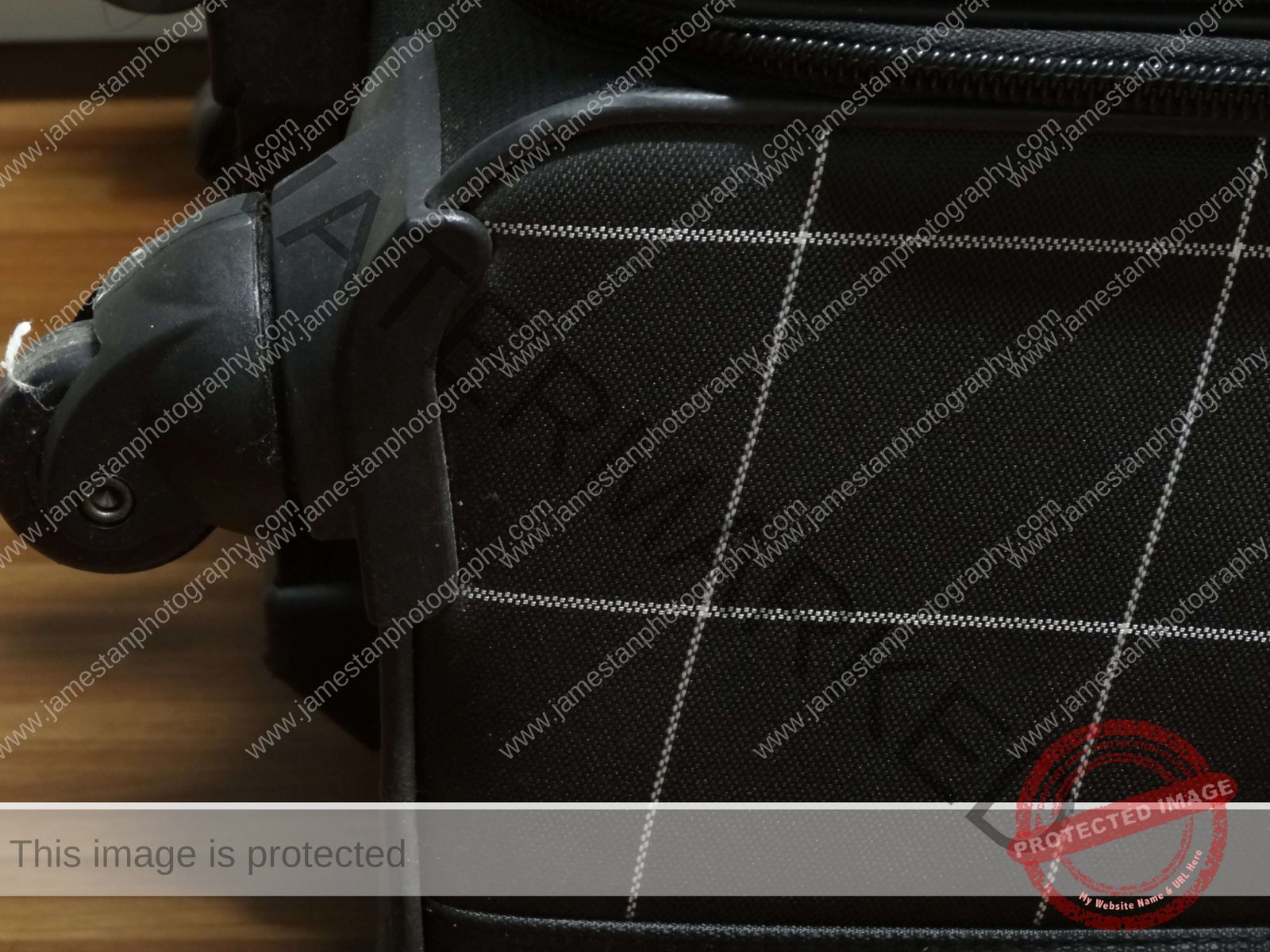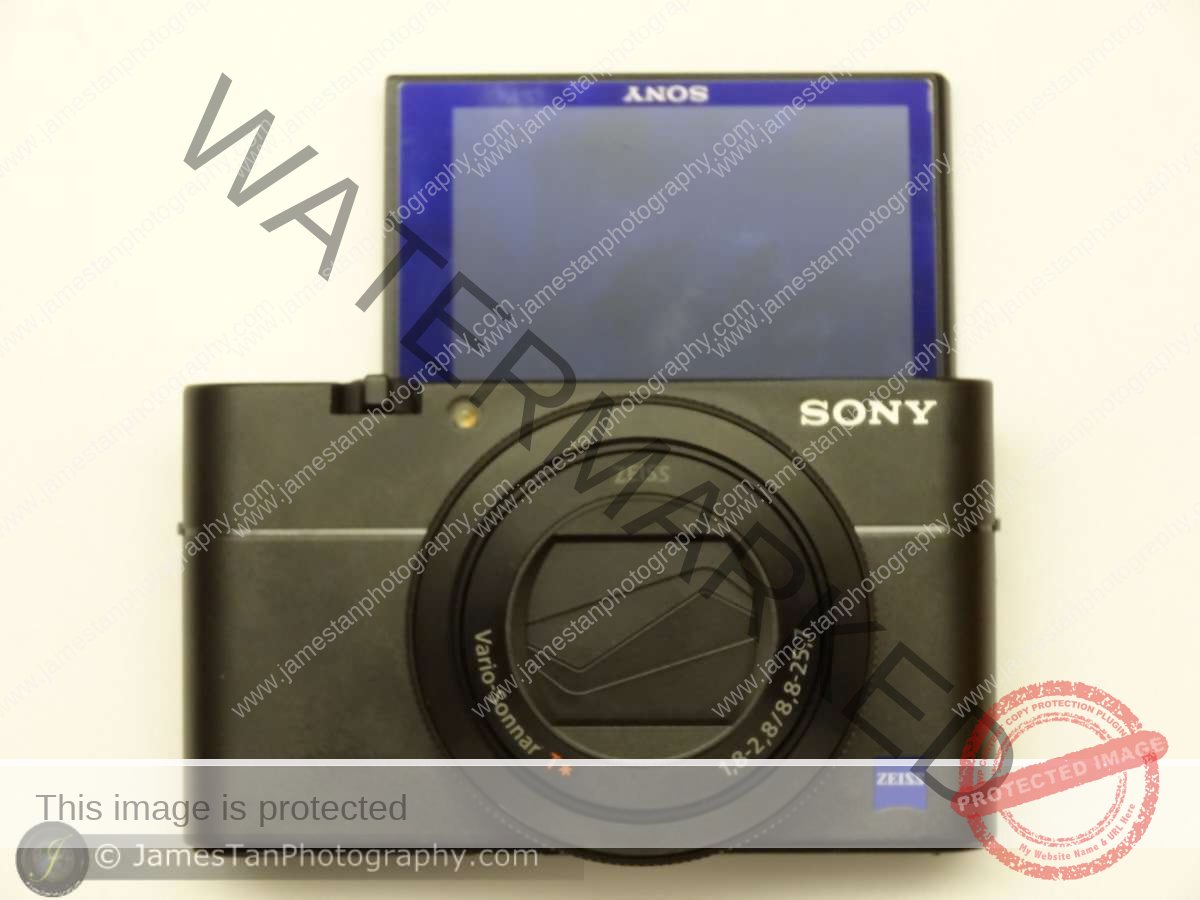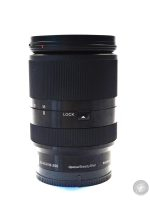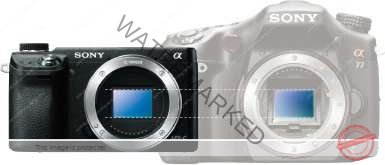Do you ever hear about “full-frame”, “APS-C”, “Micro 4/3”, “1-inch”, “1/2.3 inch” when you are choosing the camera? Does the salesperson tell you, “This DSLR provides better image quality than the P&S because it has a larger image sensor”? Or “This camera has a crop factor of 2, so blah blah blah…”? What does the image sensor size mean?
Before we discuss the topic today, let’s have some idea about the different sizes of those image sensors.
The comparison chart is scaled with the actual size of an image sensor. It shows the name/size of each image sensor followed by the crop factor in the bracket. To give a clearer comparison chart, I omit some “not-so-standard” sensor sizes (e.g., Canon has a slightly different APS-C format with a crop factor of 1.6).
And now, we continue to see how the image sensor size affects our cameras.
1. Camera Size
There is three types of camera, Point and Shoot (P&S), Mirrorless, and DSLR. The P&S camera system has the slimmest and pocket-compact size camera body. DSLR is the heaviest and bulkiest camera system. The Mirrorless camera system has a size that fits in between P&S and DSLR. The distribution of the different sizes of the image sensor is shown in the table below:
| Sensor Size | Available In |
| 1/ 2.3” | P&S |
| 1” | P&S |
| Micro 4/3 | Mirrorless |
| APS-C | Mirrorless, DSLR |
| Full Frame | P&S, Mirrorless, DSLR |
Usually, a larger camera system is equipped with a larger image sensor. It is because a larger sensor needs a larger lens to allow enough amount of light to enter. Due to the advanced technology, we can even find the Full-Frame image sensor in the small P&S. However, full-frame P&S is very rare and extremely expensive compared to full-frame Mirrorless or DSLR. So the following P&S are referred to as those 1/2.3″ image sensor P&S cameras.
2. Crop Factor
Based on the formula below, the smaller the camera image sensor size, the higher the crop factor.
Due to the crop factor, the same focal length on different image sensor sizes give different angle of view.


I took the shots above with the APS-C camera and P&S camera at 24 mm. When you multiply the crop factor to the lens’s focal length to get the 35 mm equivalent focal length, you realize that the 24 mm gives 135 mm on 1/2.3″ P&S camera and 36 mm on the APS-C camera, which is a huge difference!

Luckily
On a P&S camera, the manufacturers usually advertise the camera with 35 mm equivalent focal length. For example, the Sony RX100V on the left is advertised with a focal length from 24 mm to 70 mm in 35 mm equivalent. However, it has a focal length from 8.8 mm to 25.7 mm.
Therefore, you know straight about the 35 mm equivalent focal length without the puzzling crop factor and conversion.
The crop factor also affects the depth of field of the image. A F2.8 lens on a P&S camera allows the same amount of light as the F2.8 lens on a full-frame camera. However, it produces the image result equivalent to F16 on a full-frame camera! That’s why we never see any creamy blurred background photo using a P&S.
Usually, the lens manufacturers tell you “The 16-70mm F2.8 APS-C lens has a 24-105mm of 35 mm equivalent focal length”. You thought you would get the same image result as a full-frame “24-105mm F2.8” lens, that’s a big NO!
Remember, you need to multiply the crop factor to both the lens aperture and focal length to get the same 35 mm equivalent image result.
3. Price
The larger image sensor size is, the higher price it is.
Within the same camera brand, a full-frame camera is always more expensive than an APS-C camera (yea… that’s provided that you are comparing the same generation and similar performance cameras).
4. Noise Level
In general, a larger image sensor provides a lower noise level that gives you a cleaner and smoother look at your photos (aka better image quality). For the same amount of pixels (e.g., 12 pixels in the example below), a larger image sensor has a larger pixel size, yet it allows to receive more flux of photons (in simple, the light) at the same amount of given time and settings.
5. Lens Size
A smaller image sensor camera only needs a smaller lens to expose the whole sensor, so it’s common to see those 20x zoom (e.g., 25-500mm) F2.8 on P&S with such a compact size. What if you want a 25-500 mm F2.8 lens on a full-frame camera? Then you will have to carry a lens similar to your leg (I assumed that you are an adult)!
However, please recall the crop factor I mentioned just now. The depth of field of the F2.8 lens on P&S is only equivalent to F16 on a full-frame camera. The image result that taken by a P&S and a full-frame camera will never be the same.
So when your camera has a larger image sensor, you will have to carry a larger and heavier lens. It results in a bulkier camera system and decreases the portability of your camera.
Bottom Line
Therefore, don’t get upset or frustrated again if people laugh at you that they get a P&S with the “same specification” as your bulkier lens/camera, but in a more compact form, and they only paid a fraction of what you had paid. Just give them a friendly smile =)
That’s all for today. I hope the reading has gained you a better understanding. Feel free to leave your comments here if you have any opinions or correct me if I made any mistake.








